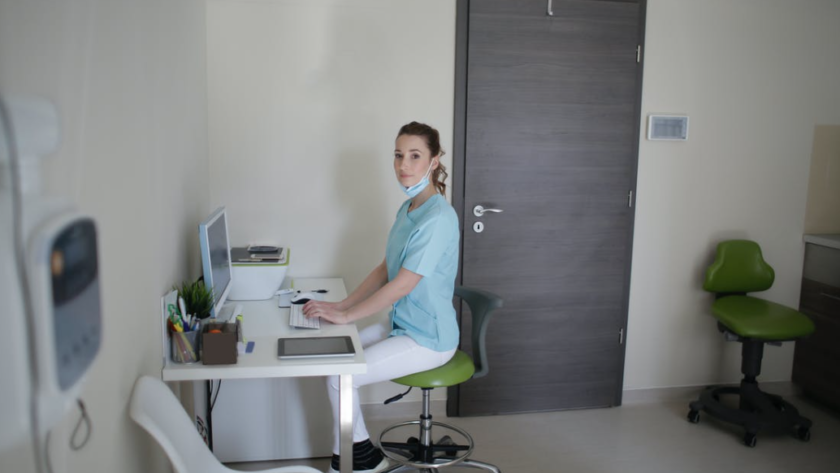Clinical practice guidelines, or CPGs, are instructions that help healthcare professionals deliver quality care to their patients. They are developed by experts who review the latest research on a particular topic and create evidence-based recommendations for treatment. This blog post will discuss the importance of clinical practice guidelines and explain how you can use them in your practice. To help you understand more, visit https://taz.de/Studie-zu-medizinischen-Leitlinien/!5074582/.
Identify a Clinical Area to Practice
 The first step in using clinical practice guidelines is identifying a specific area of care that you would like to focus on. This could be anything from diabetes management to wound care. Once you have selected an area, you can look for CPGs that pertain to that topic. There are a few different ways to find CPGs and you can search for them online or ask your local medical library for help. The National Guideline Clearinghouse is an excellent place to start your search. This website provides summaries of over 4000 clinical practice guidelines from around the world.
The first step in using clinical practice guidelines is identifying a specific area of care that you would like to focus on. This could be anything from diabetes management to wound care. Once you have selected an area, you can look for CPGs that pertain to that topic. There are a few different ways to find CPGs and you can search for them online or ask your local medical library for help. The National Guideline Clearinghouse is an excellent place to start your search. This website provides summaries of over 4000 clinical practice guidelines from around the world.
Establish an Interdisciplinary Guideline Evaluation Team
Once you have found some CPGs relevant to your clinical area, it is important to establish an interdisciplinary team to help you evaluate them. This team should include representatives from all of the different disciplines involved in implementing the guidelines. This could consist of nurses, physicians, pharmacists, and dietitians.
The team should also have a mix of clinician types, such as primary care providers and specialists. The team’s goal is to provide you with different perspectives on the CPGs so that you can make an informed decision about which ones to use in your practice.
Establish a Guideline Appraisal Process
 This is a systematic way of evaluating the CPGs to identify the ones that are most likely to be effective in your clinical setting. Several different appraisal tools are available, but one of the most popular is the AGREE II instrument. This tool consists of 23 items used to assess a CPG’s quality. The items cover six different domains: scope, purpose, stakeholder involvement, the rigor of development, clarity, presentation, and applicability.
This is a systematic way of evaluating the CPGs to identify the ones that are most likely to be effective in your clinical setting. Several different appraisal tools are available, but one of the most popular is the AGREE II instrument. This tool consists of 23 items used to assess a CPG’s quality. The items cover six different domains: scope, purpose, stakeholder involvement, the rigor of development, clarity, presentation, and applicability.
As you can see, they are an important tool that can help your practice run more smoothly and provide better care for your patients. Remember, though, that guidelines are just that – a guideline. You always have the final say in what treatment is best for each individual patient.





